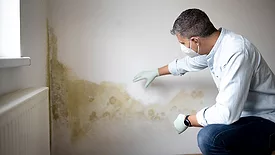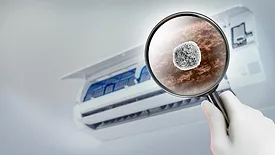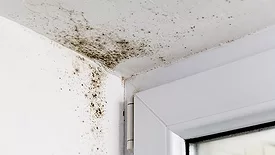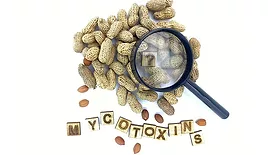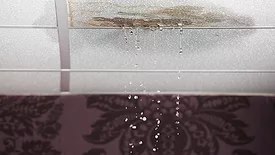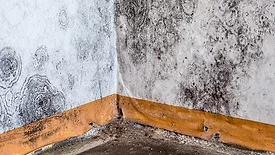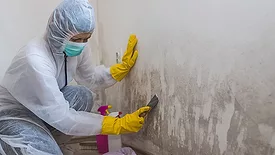Home » Keywords: » mold hazards
Items Tagged with 'mold hazards'
ARTICLES
Dry or Demolish? Navigating the Complexities of Wall Cavity Restoration
When dealing with water damage, every choice matters. Dry in place or tear down?
Read More
Mold: The Silent Threat to Your Home's Air Quality
Six Strategies to Combat Mold and Enhance Indoor Air Quality
Read More
Safeguarding Indoor Air Quality: Proactive Strategies
Expert Tips on Mold Prevention, Health Risks, and Effective Remediation for a Healthier Home Environment
Read More
Mycotoxin Control as a Critical Part of Mold Remediation
The risk of exposure to poisonous chemicals
Read More
Stay ahead of the curve with our newsletters.
Get the latest industry updates tailored your way.
JOIN TODAY!Copyright ©2025. All Rights Reserved BNP Media.
Design, CMS, Hosting & Web Development :: ePublishing




